Whether you are a new skater who’s eager to learn about the various types of skateboarding, or a seasoned pro who just wants to brush up on your knowledge, keep in mind that skateboarding is a diverse and dynamic sport with a variety of styles and disciplines, each with its unique set of tricks and challenges.
And if I say the truth, skateboarding is a way of life, and there are so many different styles of skateboarding that can make your head spin. From street to vert, freestyle to downhill, there’s a type of skateboarding out there for everyone.
So, whether you are interested in learning about skateboard pushing styles, different types of skateboarding competitions, types of skateboarding ramps, or sponsorship opportunities, we’ve got you covered.
Let’s jump in and explore the wild world of skateboarding!
Why don’t you first read the different types of skateboards?
Contents
- Different Types of Skateboarding – Most Popular Styles
- What Are The 4 Main Types Of Skateboarding?
- The Five Avatars of Skateboarding
- Types of Skateboarding Competitions
- Types of Skateboarding In the Olympics
- Other Main Styles of Skateboarding
- How Do I Know If I’m A Good Skateboarder?
- Wrapping Up
- Frequently Asked Questions
Different Types of Skateboarding – Most Popular Styles
Skateboarding is all about expressing yourself on four wheels, and there are a ton of different styles that allow you to do just that. If I speak the truth, there are two main types of skateboarding – street and vert. And from there, things start getting pretty wild with different style variations.
Here’s a rundown of the most popular types of skateboarding and what sets them apart:
1. Street Skateboarding
If you’ve ever seen a skater bombing down the street, popping ollies over curbs and grinding on handrails, then you’ve witnessed the thrill of street skateboarding. It involves riding on various urban obstacles, such as stairs, handrails, benches, and curbs, and performing tricks on them.
This type of skateboarding is all about using the urban landscape in a more spontaneous and creative manner, as your playground and finding creative ways to navigate through it.
2. Vert Skateboarding
Vert skateboarding, also known as “vert,” involves skating on a half-pipe ramp with a vertical transition. This type of skateboarding takes a lot of skill and bravery, as skaters drop in from the top of the ramp and launch themselves into the air for huge aerial tricks.
This style requires great skill and courage, as it involves launching into the air, spinning, and performing various mid-air tricks before landing back on the ramp.
Vert Skateboarding is one of the oldest forms of skateboarding and is also known as “vertical skateboarding.” Most of the competition includes the vert style because it involves the hardest tricks that show off a skater’s capabilities.
3. Transition Skateboarding
Transition skateboarding is performed on ramps that feature a curve, rather than a straight incline. These types of ramps include quarter-pipes, half-pipes, and bowls. Skaters transition between different sections of the ramp, performing tricks and maintaining speed throughout.
This type of skateboarding requires a high level of control and flow, and is often combined with street skating to create a unique style.
4. Park Skateboarding
Park skateboarding is performed in skateparks, which are specifically designed for skateboarding. These parks feature a variety of obstacles, including ramps, rails, and gaps, and are often the best places for beginners to learn the sport.
Park Skateboarding can include both street and transition elements, and is a great way to learn and develop skills.
5. Downhill Skateboarding
Downhill skateboarding involves riding down steep hills at high speeds, often with tight turns and hairpin curves. Skaters bomb down hills at breakneck speeds, weaving in and out of traffic and obstacles with incredible skill and control.
This type of skateboarding requires a great deal of skill and experience, as well as the appropriate safety gear, such as a full-face helmet and gloves.
Read how fast a skateboard can go on downhill.
6. Slalom
Slalom skateboarding involves weaving in and out of cones or other obstacles in a timed event.
This skateboarding style requires a great deal of precision and control, and is often performed on longboards or one-wheeled skateboards.
7. Cruising
Cruising involves skating around town, enjoying the scenery and taking in the sights. This type of skateboarding is typically performed on longboards or cruiser boards, which are designed for a smooth and comfortable ride.
8. Freestyle Skateboarding
Freestyle Skateboarding is a combination of street and flatland skateboarding, where skaters perform a series of tricks on a flat surface, often with music.
It involves performing tricks such as spins, flips, and slides, and requires a great deal of creativity and style.
9. Longboarding
Longboarding is a type of skateboarding that focuses on cruising and carving rather than tricks. Longboards are longer and wider than traditional skateboards, providing more stability and control for riders as they cruise around town.
10. Electric Skateboarding
Electric skateboarding is a futuristic twist on the classic pastime of skateboarding. Who needs to kick-push when you can cruise on an electric skateboard? With the added power of an electric motor, skaters can effortlessly zip around town at speeds that would make Marty McFly jealous. It’s like having a personal hoverboard, except without the risk of accidentally time-traveling to 1955.
But don’t let the ease of electric skateboarding fool you into thinking it’s not a serious sport. With the ability to reach speeds of up to 30 miles per hour, it takes a steady hand (and foot) to navigate turns and avoid obstacles.
Plus, the added thrill of speed makes even the simplest tricks feel like an adrenaline-pumping feat.
It is perfect for those who want to travel faster and farther on their skateboard, without breaking a sweat. It’s also a great way to impress your friends and turn heads as you cruise down the street. Whether you are commuting to work or just having fun, electric skateboarding is a thrilling and convenient way to get around.
What Are The 4 Main Types Of Skateboarding?
The four main types of skateboarding are:
- Street
- Vert
- Transition
- Park
Each of these styles is unique in its own way, with different tricks, techniques, and equipment used in each one.
Some of the most famous skateboarders associated with these styles are:
- Street skating – Rodney Mullen, Mark Gonzales, and Eric Koston.
- Vert skating – Tony Hawk, Shaun White, and Bucky Lasek.
- Transition skating – Christian Hosoi and Lance Mountain.
- Park skating – Pedro Barros and Alex Sorgente.
The Five Avatars of Skateboarding
Skateboarding has evolved over the years to include a variety of styles and sub-genres that cater to different skill levels and preferences. Among these, there are five primary styles, or “avatars,” that every skateboarder should know. These are:
- Street Skating
- Vert Skating
- Freestyle Skating
- Downhill Slide
- Longboarding
Read the complete history of skateboarding.
Types of Skateboarding Competitions
There are various types of skateboarding competitions that are being sponsored and held around the world, each with its own set of rules and regulations. Here are some of the most popular types of skateboarding competitions:
1. Street Competitions
Street skateboarding competitions are typically held in urban environments with obstacles such as stairs, rails, and ledges. Competitors are judged on the difficulty and creativity of their tricks on these obstacles, as well as the overall flow and style of their run.
Some popular street skateboarding competitions include the Street League Skateboarding (SLS) series and the X Games street events.
2. Vert Competitions
Vert skateboarding competitions take place on a U-shaped ramp, known as a halfpipe, with steep vertical walls at each end. Competitors perform aerial tricks, or “vert” tricks, launching themselves high into the air and spinning or flipping their board before landing back on the ramp.
A few famous vert skateboarders include Tony Hawk and Shaun White, and popular vert competitions include the X Games vert events and the Bowl-A-Rama series.
3. Park Skateboarding Competitions
Park skateboarding competitions are held in skate parks, which feature a variety of ramps, rails, and other obstacles designed for skating. Competitors are judged on their use of the park’s features, the difficulty and creativity of their tricks, and their overall style and flow.
The Vans Park Series is a popular park skateboarding competition series.
4. Downhill Skateboarding Competitions
Downhill competitions take place on steep hills or courses, with competitors racing to the finish line while navigating turns, curves, and other obstacles. These competitions can be dangerous, and participants typically wear protective gear such as helmets and pads.
Some popular downhill skateboarding events include the Red Bull No Paws Down race and the International Downhill Federation (IDF) World Cup series.
5. Freestyle
Freestyle skateboarding competitions focus on the artistic and creative aspects of skateboarding, with competitors performing a variety of flat ground tricks, spins, and flips set to music. These competitions can be highly subjective, with judges evaluating the difficulty, style, and originality of each skater’s routine.
The World Round-Up Freestyle Skateboarding Championships is a popular freestyle competition.
6. Slalom Skateboarding Competitions
Slalom skateboarding competitions involve weaving in and out of a series of cones arranged in a specific pattern, with competitors racing against the clock to complete the course in the fastest time possible.
These competitions require a high degree of precision and control, and some popular slalom competitions include the International Slalom Skateboarding Association (ISSA) World Championships and the World Cup of Slalom Skateboarding.
7. Bowl Competitions
Bowl skateboarding competitions take place in large, bowl-shaped concrete or wooden structures, with competitors performing tricks and maneuvers on the walls and transitions of the bowl.
These competitions typically focus on the creativity and style of the skater’s runs, and some popular bowl competitions include the Vans Pool Party and the Red Bull Bowl Rippers.
Types of Skateboarding In the Olympics
The Olympics might seem like a bastion of tradition and old-fashioned athleticism, but even they have been bitten by the skateboarding bug. Since the 2020 Tokyo Games, skateboarding has officially been recognized as an Olympic sport.
But what types of skateboarding will be showcased in the world’s biggest sporting event? Let’s take a look!
1. Park Skateboarding
Park skateboarding is all about performing tricks on a skatepark with features like ramps, bowls, and rails. This type of skateboarding has become hugely popular in recent years and is the most widely recognized discipline in the Olympics.
2. Street Skateboarding
Street skateboarding is all about performing tricks on urban obstacles like stairs, rails, and curbs. This type of skateboarding requires a high level of creativity and adaptability as skaters have to use their surroundings to create unique and impressive tricks.
It’s worth noting that the Olympic style of skateboarding is different from the traditional skateboarding style that most skateboarders are familiar with. The focus is less on individual style and more on the execution of tricks. While some skateboarders may prefer this style of competition, others may find it less appealing.
Read when did skateboarding become a part of Olympic games.
Other Main Styles of Skateboarding
With the rise of social media and YouTube, skateboarding has taken on a new form. Skaters can showcase their skills and creativity through video content and reach a wider audience.
Now, let’s take a closer look at some of the other main styles of skateboarding that have gained popularity in modern skating:
1. Mega Ramp Skateboarding: This is an extreme style of skateboarding that involves skating on massive ramps that are typically over 20 feet high. This style is not for the faint of heart and requires a lot of skill and bravery.
2. Pool and Bowl Skateboarding: This style of skateboarding involves skating in empty swimming pools or concrete bowls. Skaters use the curves and transitions of the pool to perform tricks and maneuvers.
How Do I Know If I’m A Good Skateboarder?
There are no set criteria for what makes a “good” skateboarder. Being a good skateboarder is subjective and can mean different things to different people.
However, some indicators of being a skilled skateboarder include being able to perform a variety of tricks and maneuvers with ease, having good control and balance on the board, and being able to adapt to different types of terrain and obstacles.
Remember that skateboarding is a personal journey and progress should be measured against your own goals and achievements, not against others.
Wrapping Up
Now you know the different types of skateboarding, and of course, from the basics of pushing and cruising to the dizzying heights of vert skateboarding and everything in between, there truly is a style of skateboarding for everyone.
Whether you are a street skater who loves grinding rails, a freestyle skater who’s all about the flat ground tricks, or a longboarder who enjoys cruising down hills and carving up the streets, there’s no limit to the creativity and fun you can have on a skateboard.
You can also take part in skateboarding competitions (if you are a good skateboarder) for cash, glory, or just the love of the game.
Frequently Asked Questions
How many types of skateboarding are there?
Well, some people say there are four types, some say there are five, and others say there are even more! But if you want to keep it simple, we can say there are two main types of skateboarding: street and vert. From there, things can get pretty wild with all the different sub-styles and variations.
What are the two different types of skateboarding?
The two main types of skateboarding are street and vert. Street skating is all about tricks and stunts on urban obstacles like rails, stairs, and ledges.
Vert skating, on the other hand, is all about catching air on halfpipes and other ramps.
What are the most popular types of skateboards?
Here are some of the most popular types of skateboarding:
- Street Skateboarding
- Vert Skateboarding
- Freestyle Skateboarding
- Downhill Skateboarding
- Longboarding
- Transition Skateboarding
- Park Skateboarding
- Pool Skateboarding
- Bowl Skateboarding
- Mega Ramp Skateboarding
- Best Electric Skateboard for Big Guys (Heavy Duty E-Boards) - June 3, 2023
- Skateboard Clothing Brands to Make You Stand Out In 2025 - May 31, 2023
- 90s Skateboarding Brands: The Rise and Fall of the Legends - May 28, 2023

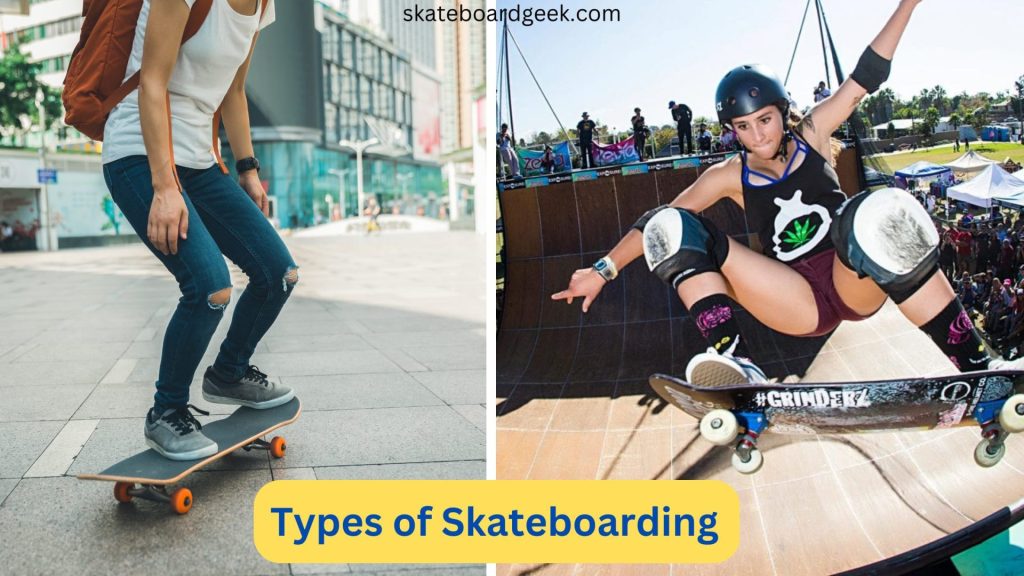
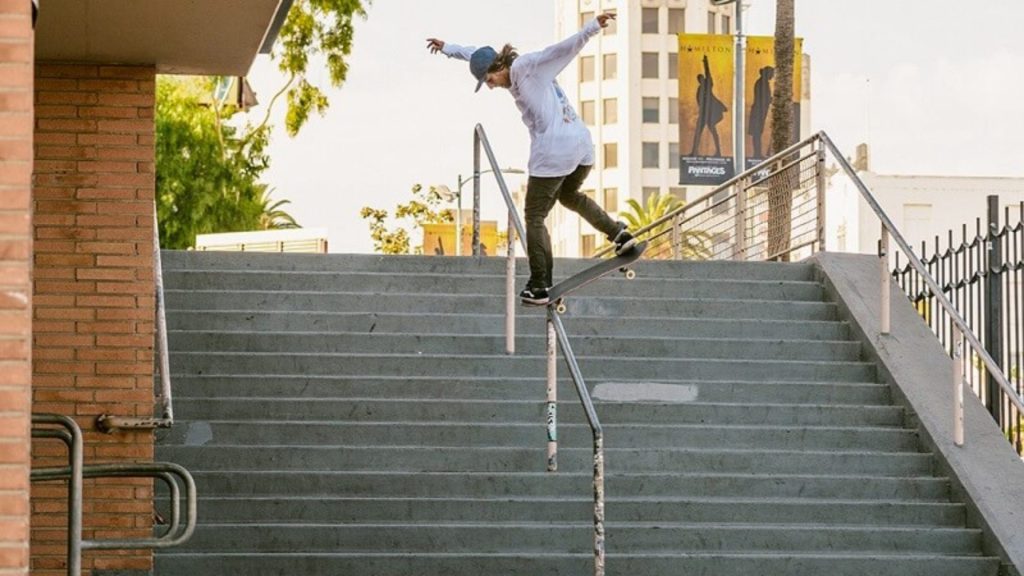
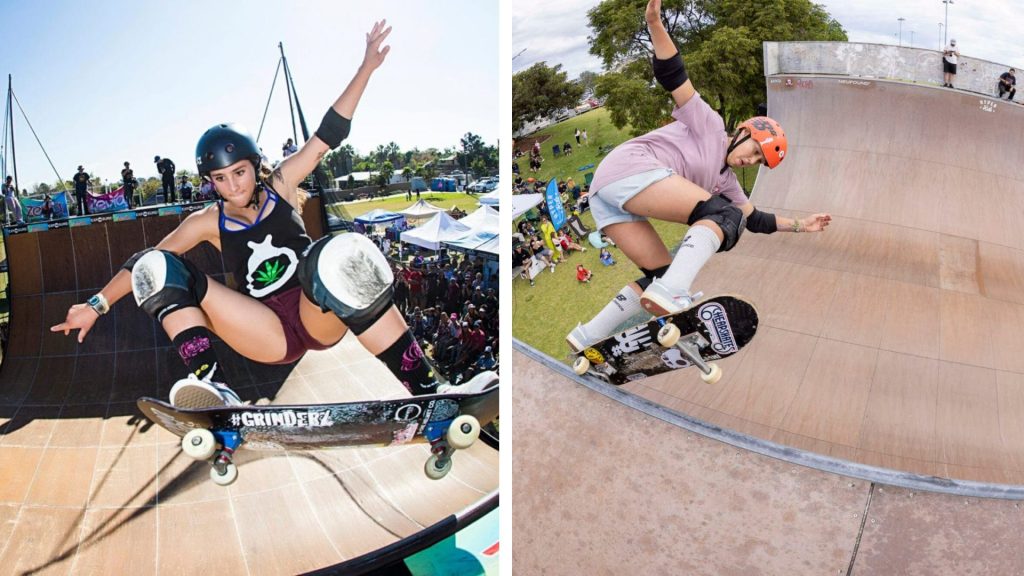
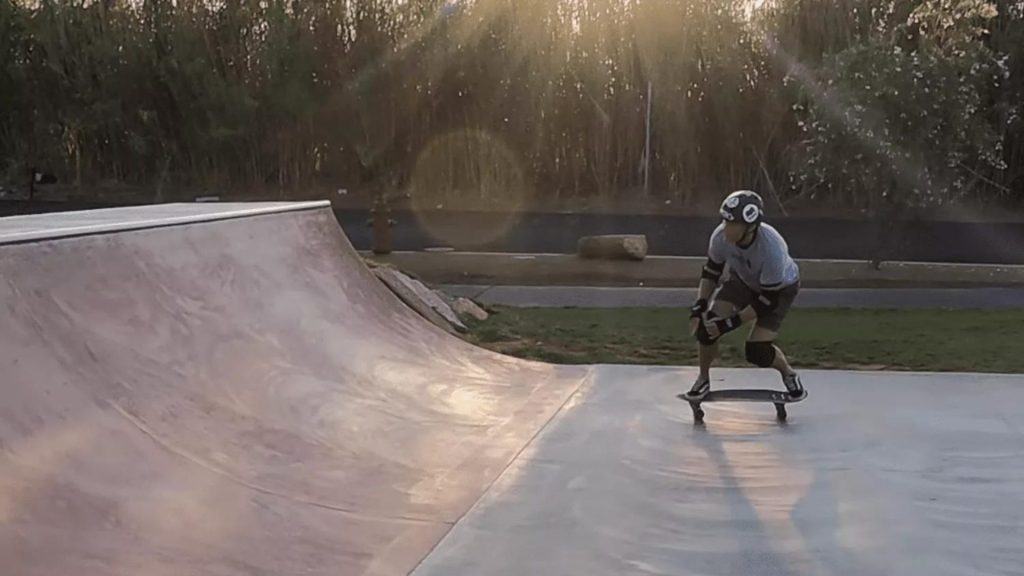
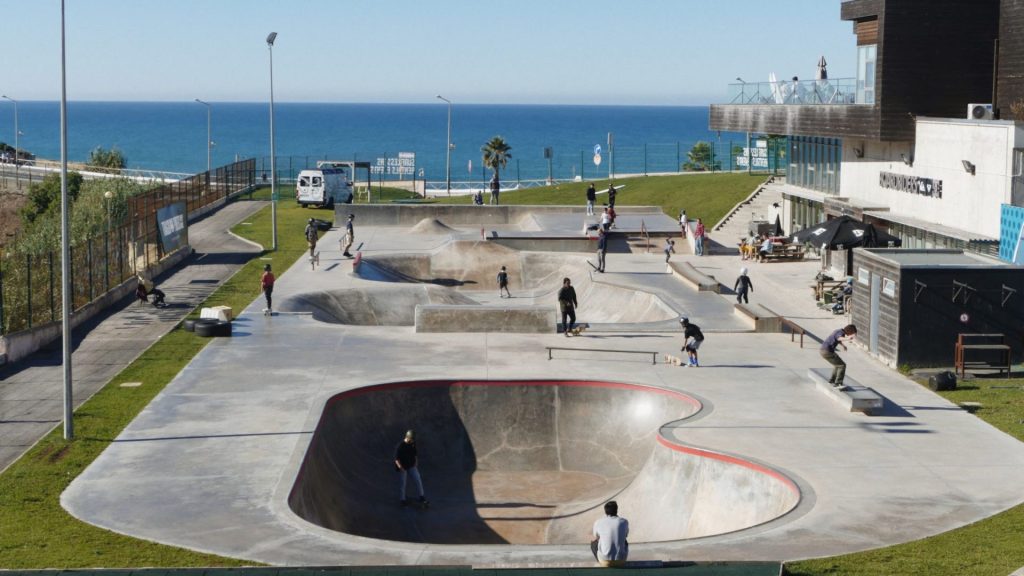
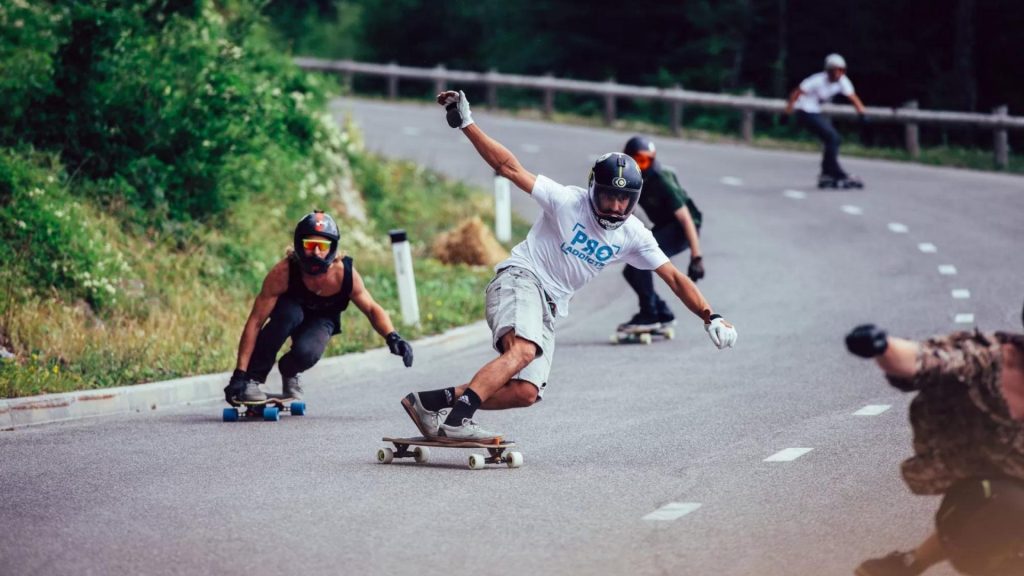
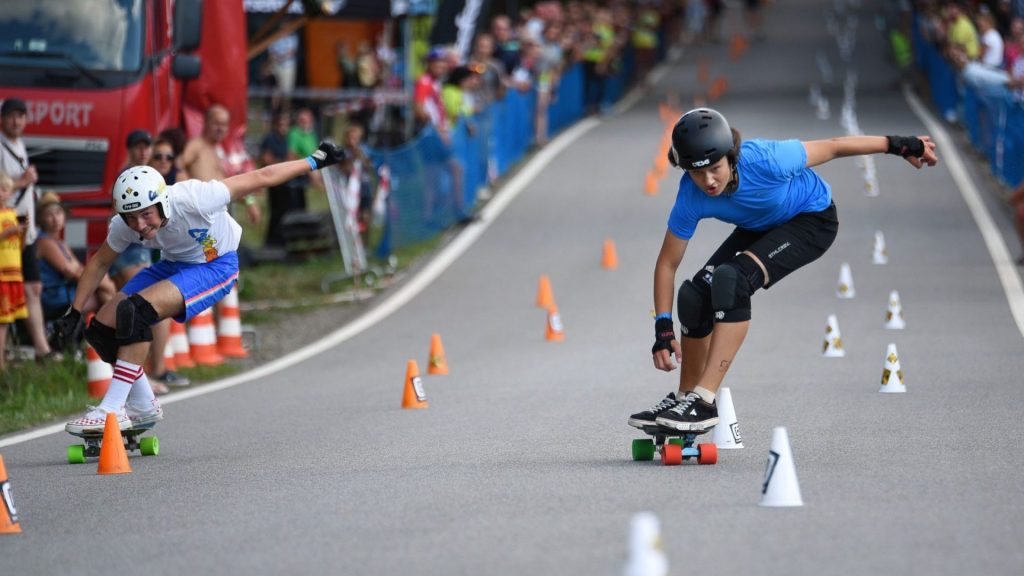
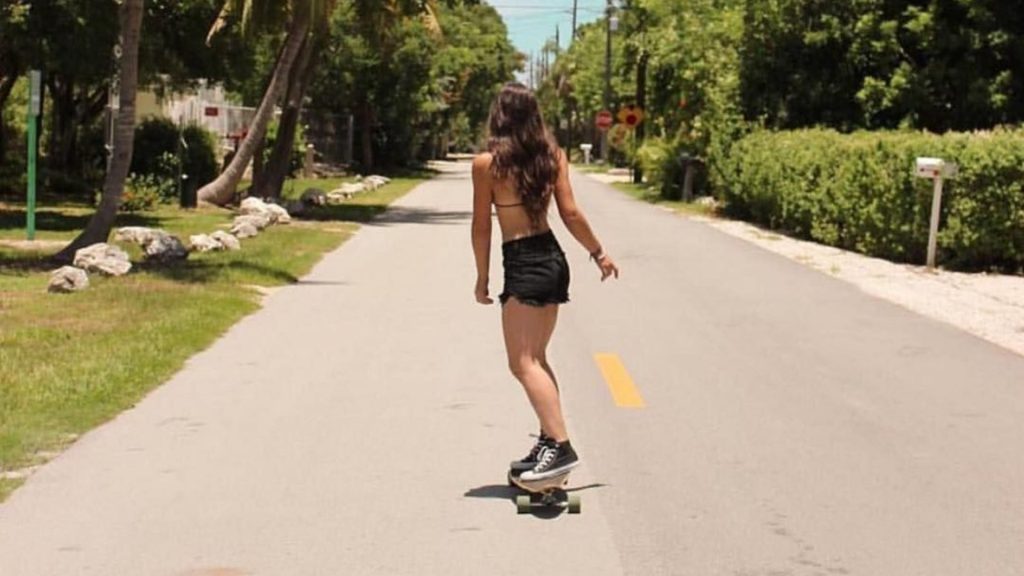
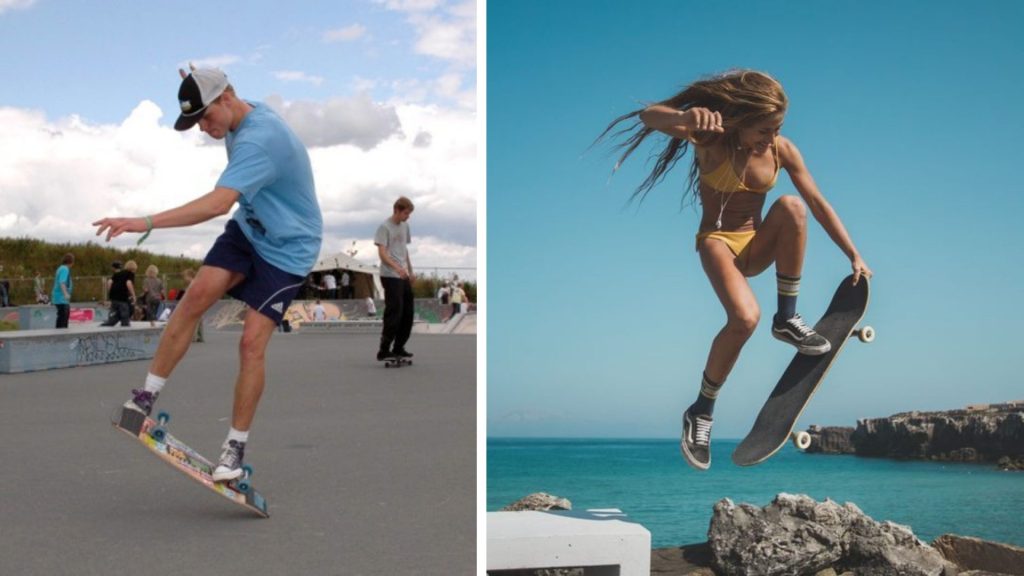
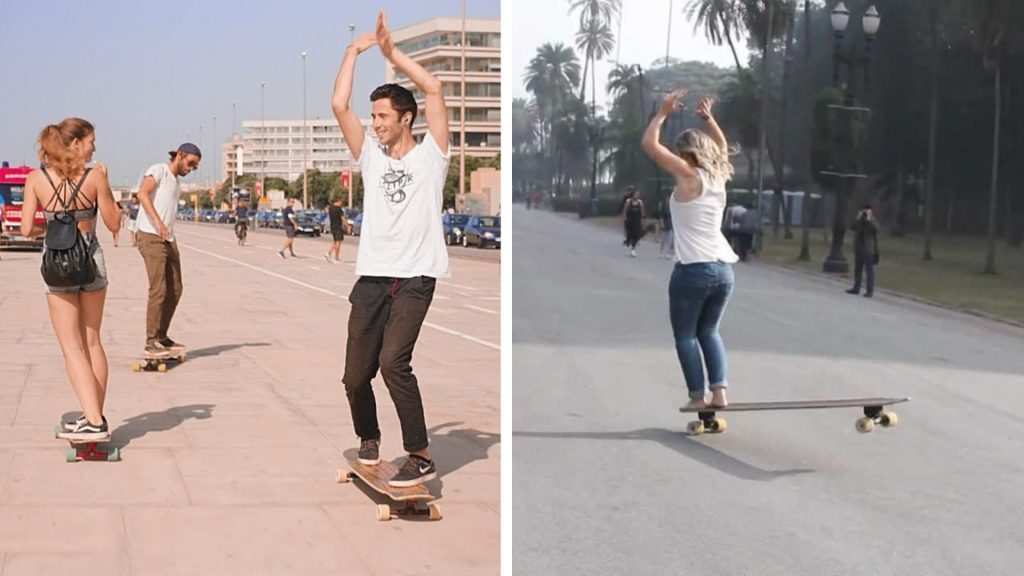
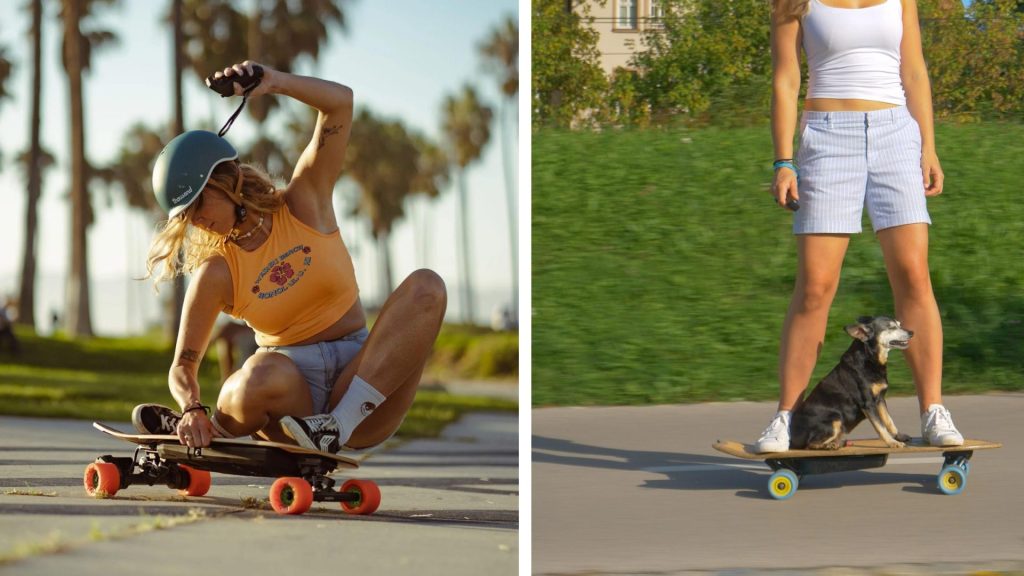
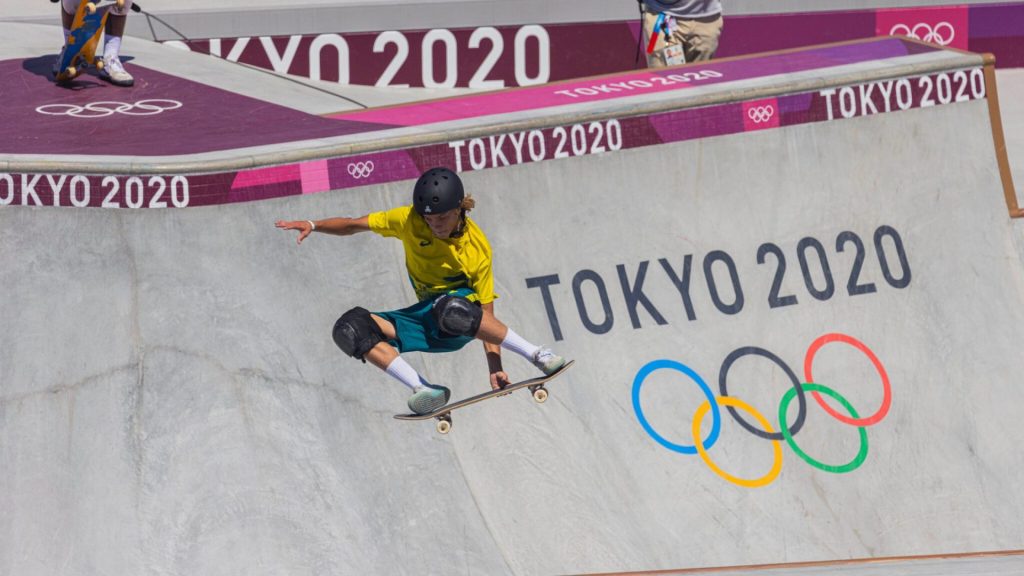

![CCS Skateboard Reviews - [Why They Are Trusted & Popular] ccs skateboard reviews](https://skateboardgeek.com/wp-content/uploads/2023/05/ccs-skateboard-review-150x150.jpg)


![Skateboarding Safety Tips for Beginners and Pros [Safe Ride] skateboarding equipment list and safety tips](https://skateboardgeek.com/wp-content/uploads/2023/05/tips-for-safe-skateboarding-150x150.jpg)



